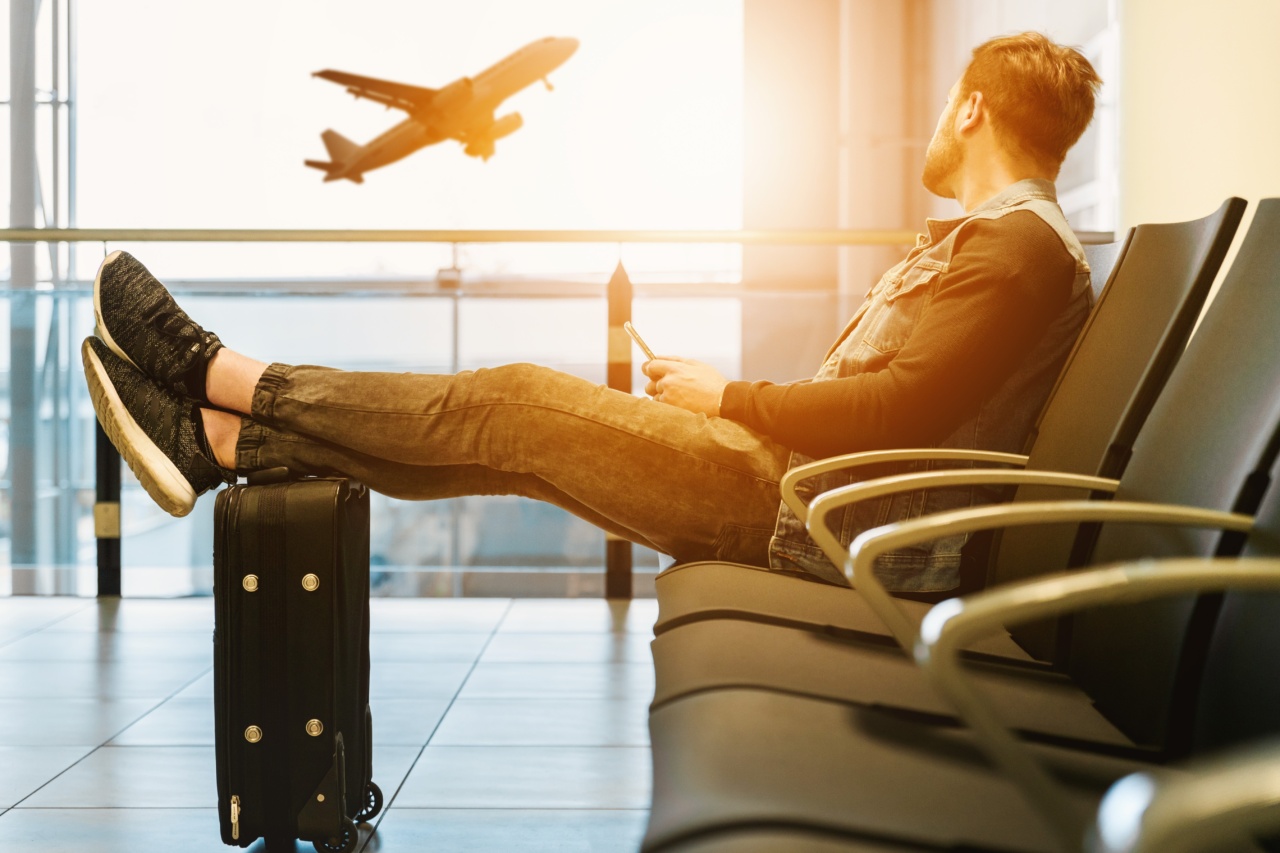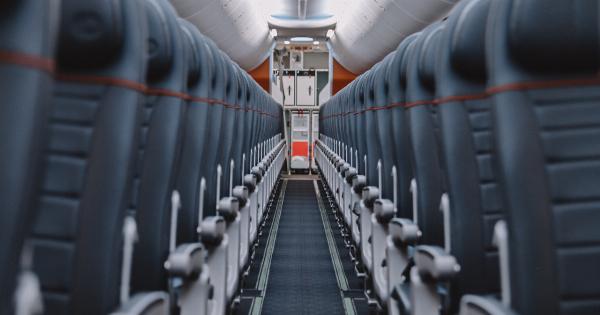Air travel has become an integral part of our lives these days. Whether it’s for business or leisure, people are moving around the globe in large numbers. However, with all the convenience of flying, it has some downsides, too.
One of the most common is cramped airline seating, which causes a variety of health problems. One such problem is blood clots.
What are Blood Clots?
A blood clot, also known as deep vein thrombosis (DVT), is a serious medical condition that occurs when a blood vessel deep inside your body becomes blocked. This can cause swelling, pain, and other complications.
Blood clots can be caused by several factors such as reduced blood flow, injury to the blood vessel, and changes in the blood’s ability to clot.
What Causes Blood Clots in Flights?
One of the primary causes of blood clots in flights is long periods of inactivity. When you sit for extended periods, less blood flows through your legs, causing blood clots to form in the veins.
Additionally, air travel causes dehydration, which can make it easy for the blood to thicken and clot.
Why Cramped Airline Seats are Dangerous?
Cramped airline seating is especially dangerous because it causes people to remain seated for long periods. This immobility, combined with cramped seating, increases the risk of blood clots.
Additionally, narrower airline seats limit leg movement, making it difficult to alter positions and increasing the risk of blood clots.
Who is at Risk?
Anyone can be at risk of developing blood clots during air travel. However, certain groups are at higher risk, such as people with a history of DVT, those who smoke, and women taking birth control pills.
Older adults and those with medical conditions such as cancer and heart disease are also more vulnerable to blood clots.
What are the Symptoms?
The signs of blood clots can vary, but the most common symptoms are swelling, pain, redness, and warmth in the affected area, such as the legs. In some cases, there are no symptoms.
It’s important to seek medical help immediately if you suspect you have a blood clot.
How to Prevent Blood Clots during Air Travel?
Fortunately, there are several ways to prevent blood clots during air travel. One way is to keep your body hydrated by drinking plenty of water. You should also avoid caffeine and alcohol, which can cause dehydration.
Additionally, wearing compression socks can help improve blood flow in the legs, reducing the risk of blood clots.
It’s also essential to move your legs as much as possible, even when seated. You can do this by taking frequent walks up and down the aisle or performing simple leg exercises such as bending and flexing the feet.
Avoid crossing your legs, which can restrict blood flow.
Conclusion
Blood clots are serious medical conditions that can be caused by long periods of inactivity, such as sitting in cramped airline seats during air travel.
It’s essential to take steps to reduce the risk of blood clots during flights, such as staying hydrated, wearing compression stockings, and regular exercise of the legs during the flight. By taking these precautions, you can help prevent blood clots and stay healthy during air travel.




























